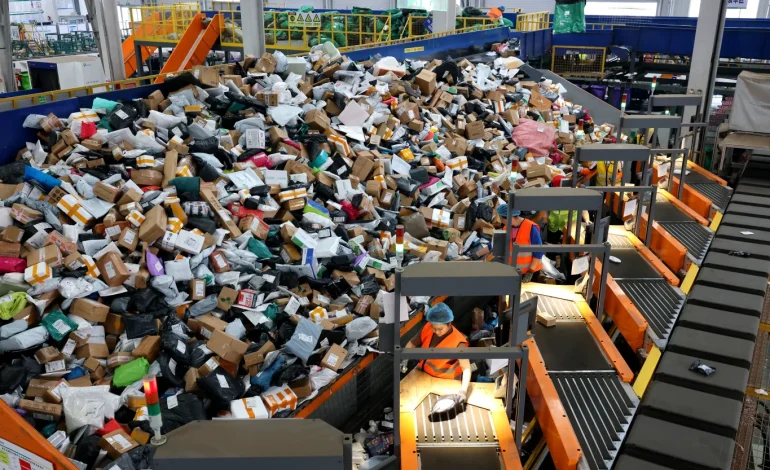China’s Singles’ Day shopping event, the country’s version of Black Friday, has delivered better-than-expected results for many brands, despite the ongoing economic challenges and a muted retail environment.
E-commerce giants Alibaba and JD.com, the two major players behind the massive sales event, reported increased consumer activity, but the results fall short of the once-dazzling numbers seen during the festival’s heyday.
Originally a 24-hour shopping extravaganza on Nov. 11, the Singles’ Day festival has morphed into a weeks-long event, this year spanning from October 14 to November 11. The extended period reflected a shift in consumer behavior, as the pandemic-driven shopping habits have given way to a more cautious approach, with many opting for selective purchases. According to consulting executives, this year’s event was marked by a surprising uptick in sales, although it came on the heels of a prolonged period of subdued consumer confidence.
JD.com reported a significant 20% rise in shoppers, while Alibaba highlighted “robust growth” in both sales and the number of active buyers. However, the platforms did not release specific sales figures for the third consecutive year, a move many attribute to the ongoing pressure of weak consumer sentiment and the sluggish pace of recovery in China’s economy. This cautious approach signals that the industry’s once-high-flying sales figures may be part of the past.
Chris Reitermann, CEO of Ogilvy APAC and Greater China, noted that while many brands saw a slight improvement, “on a low level,” it was unlikely that anyone would claim to have “hit it out of the ballpark.” The general consensus among industry experts is that while Singles’ Day brought in positive results for many, the gains were modest compared to previous years.
Despite the tepid overall mood, some bright spots emerged in specific categories. Items such as home appliances, pet care products, and collectible toys experienced unexpected growth. JD.com reported strong sales in energy-efficient air conditioners, robot vacuum cleaners, and smart toilets. Meanwhile, collectible toys, including anime, comic, and gaming-related merchandise, saw significant demand, with some brands in the sector surpassing 100 million yuan in gross merchandise value (GMV).
“We saw people spending more this year,” said Jacob Cooke, co-founder and CEO of WPIC Marketing + Technologies.
Cooke, whose company helps foreign brands sell in China, estimated a 16% increase in GMV from the previous year, marking the strongest performance in years. He also observed that brands didn’t need to rely as heavily on price cuts, which had become a hallmark of the festival in previous years.
Daniel Zipser, a senior partner at McKinsey, suggested that the increase in consumer sentiment observed over the past six weeks could have contributed to the better-than-expected results. However, he cautioned that it remains uncertain what impact this will have in the long term.
“It’s hard to predict what that means going forward,” Zipser noted.
He added that brands in categories like outdoor products and collectibles were seeing particular success.
Despite the overall growth, challenges remain. Consumer spending has been under pressure since the COVID-19 pandemic, compounded by a real estate slump and ongoing economic uncertainty. As a result, while some high-end brands like Lululemon are performing well, more mid-tier and premium brands are struggling.
“We’re at the peak of a consumption downgrade… People are so deep in a discount mindset,” said Yaling Jiang, founder of ApertureChina, a research and strategy consultancy.
Looking ahead, some experts are hopeful for a recovery in 2025, especially as China’s Ministry of Finance has indicated more fiscal support in the coming year. Analysts predict that additional stimulus measures could help boost consumer confidence in the second half of 2025, offering a glimmer of hope for the country’s beleaguered retail sector.









